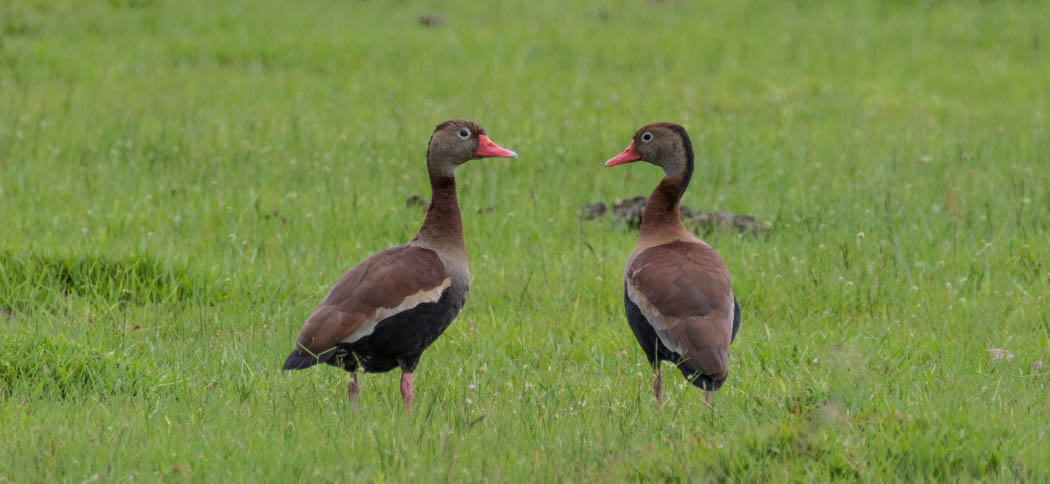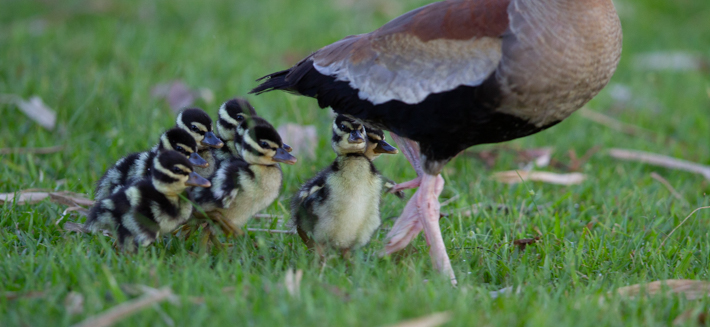
Strange Tails
We're delighted to have a strong population of strange-tailed tyrants at the reserve. So much so that we've adopted these beautiful and endangered birds as the symbol of the Trust
The growing diversity of the animals of Reserva Don Luis is a fresh source of delight every time we return. We don't play favourites, but it's impossible not to engage more with some of our more conspicuous guests. One of these is the strange-tailed tyrant. The male is stoic in his tolerance of one of nature's strangest - and it would seem least practical - adaptations. He's willing to suffer to be beautiful, and somehow manages to fly with tail feathers that were surely designed for a bird three times his size.
We love his perseverance; his resolution to succeed against challenge, and his ability to prove that anything is possible. He's appearing in growing numbers on the Reserva Do Luis, and his success has become an allegory for, and a symbol of, our own.
When we started the process of updating and redesigning our website, we wanted to adopt an image that symbolised our aims and our challenges. This brave little flycatcher, with his indomitable character, was the perfect choice.
The logo is a stylised profile of a male tyrant, silhouetted against the sunrise. We coloured the sun the blue of the Argentinian flag in honour of this country's beauty, its climate and the breathtaking span of magnificent animals that it nurtures.

Bat Research
Our bat team is conducting bat research both in the Ibera Marshes and in other provinces. We are especially concentrating on Misiones at the moment where we find the largest bat in Argentina, Chrotopterus auriitus and Myotis ruber, two species that we are researching.

Black-bellied Whistling Duck
Dendrocygma autumnalis
These very shy ducks will take off as soon as they are aware of humans approaching. They are uncommon in the Ibera Marshes but recently we have seen flocks of around 10-12 during winter and even a few in summer. They sometimes nest in the woodland in the south of Don Luis and in 2020, they made a nest in an Araucaria tree near our ranger's house. We were amazed to see the chicks falling/flying out of the nest early in the morning, some only hours after birth. The mother then rounded up all 10 of her chicks and they disappeared in the reeds to a safe place.
Usually found in groups of two to six they are seen in flight or feeding amongst aquatic plants or sometimes in trees. Their call resembles that of the common Dendrocygna viduata but it quite distinctive with a four or five note whistle.
The most striking feature is the bright pinky red bill. The rest of the face and upper chest is grey and it has a pale eyering. The belly is black and there is a clear line between the 2 colours. It has chestnut upperparts and a white wingband that is seen in flight.
Mother and chicks


